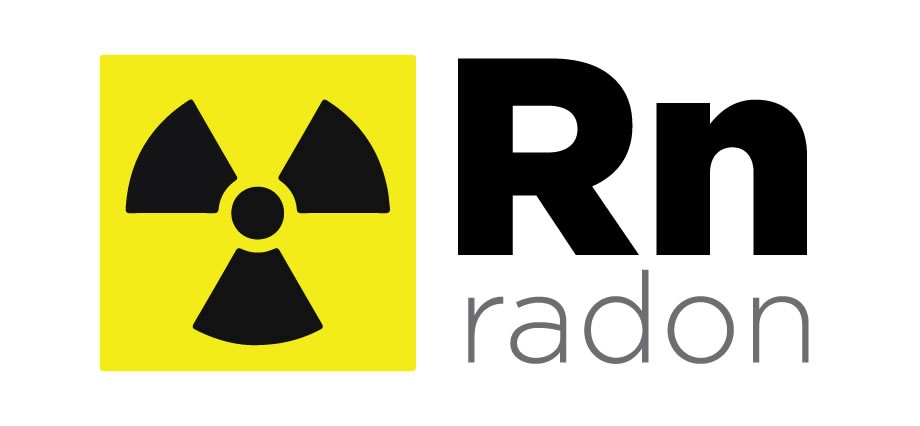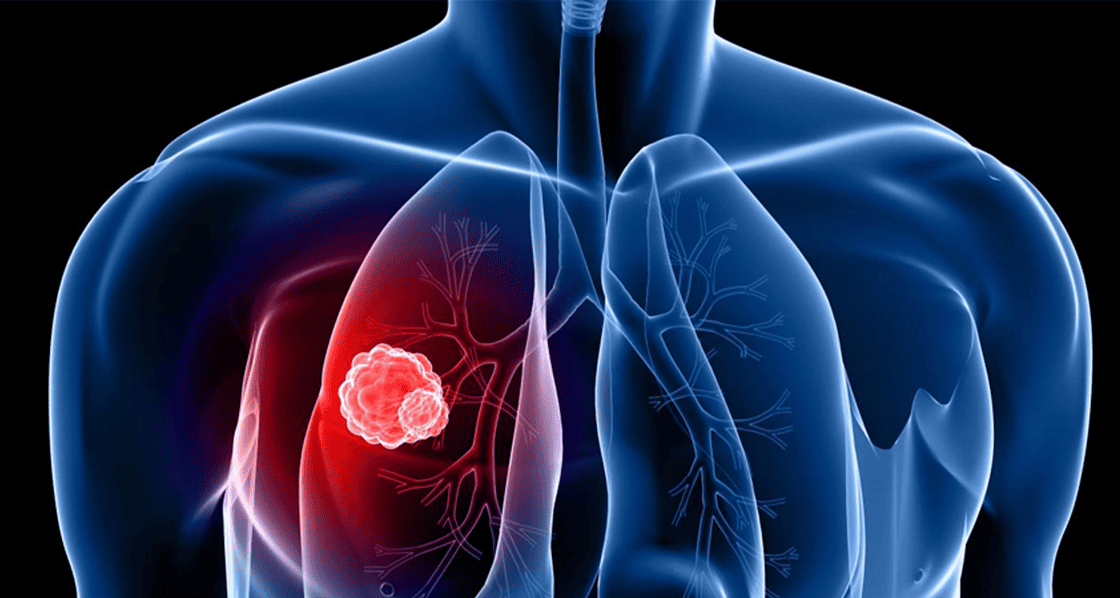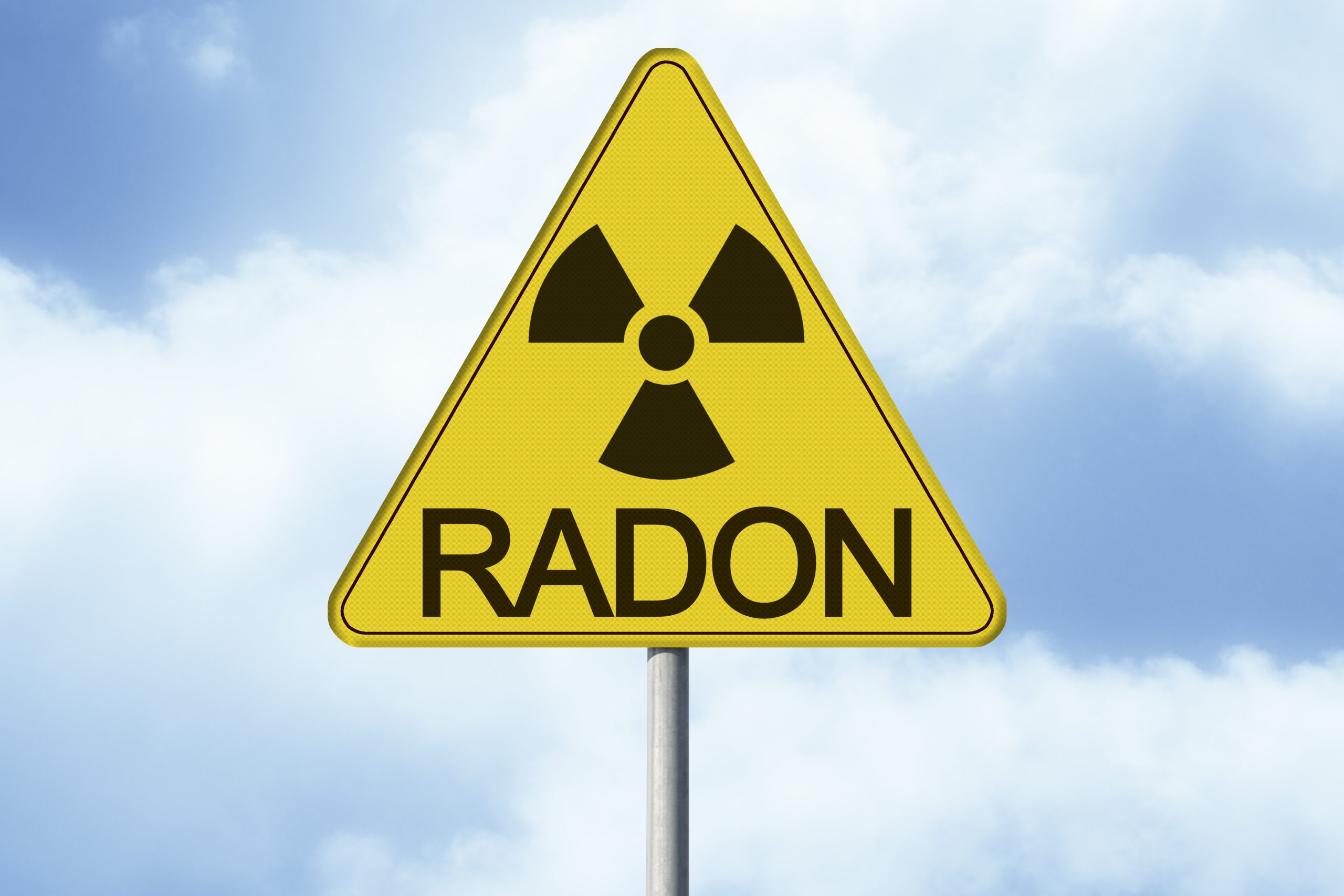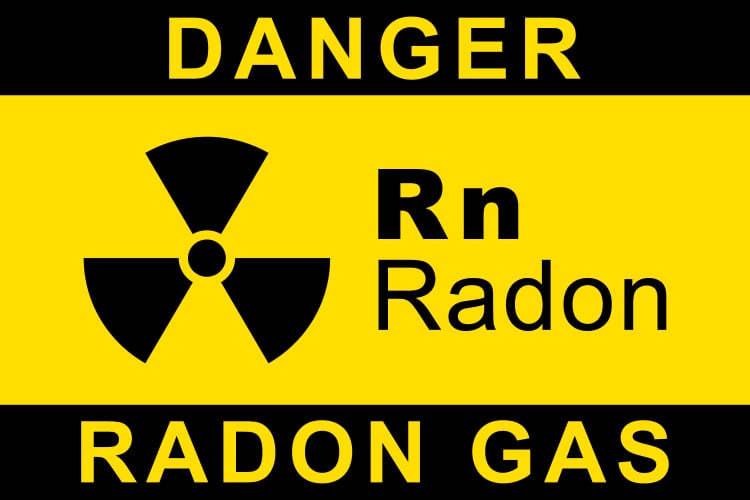Radon, a naturally occurring radioactive gas, is a common concern for homeowners and building occupants worldwide. It originates from the decay of radium, which is found in trace amounts in soil, rocks, and water. This gas is colorless, odorless, and tasteless, making it difficult to detect without specialized equipment. One of the unique properties of radon is its weight.
This article will delve into the weight of radon compared to air, its associated health risks, and the strategies for mitigating its presence in indoor environments.
Table of Contents
Radon’s Weight: Heavier Than Air
Radon is a dense gas, with a molecular weight of approximately 222 atomic mass units (AMU). In contrast, the average molecular weight of air is about 29 AMU. This significant difference in weight means that radon is about 7.5 times heavier than air. This property has profound implications for how radon behaves in both indoor and outdoor environments.
In the absence of significant air movement, radon tends to settle in lower areas, particularly in indoor environments where it can accumulate at higher concentrations near the floor or basements. However, it’s crucial to understand that while radon is heavier than air, it doesn’t remain neatly separated.
Air currents, temperature variations, and building dynamics can cause radon to mix and distribute throughout the environment, leading to varying radon concentrations in different areas.
Health Risks Associated with Radon
Radon is a known human carcinogen, with the International Agency for Research on Cancer (IARC) classifying it as a Group 1 substance, meaning there is sufficient evidence to conclude that it causes cancer in humans.
The primary health risk associated with radon exposure is lung cancer. The World Health Organization (WHO) estimates that radon is responsible for approximately 3-14% of all lung cancer cases worldwide.
The risk of lung cancer increases with the duration and intensity of radon exposure. The United States Environmental Protection Agency (EPA) has established an action level of 4 picocuries per liter (pCi/L) for radon in indoor air, indicating that remediation efforts should be initiated if radon concentrations exceed this threshold.
However, it’s important to note that there is no safe level of radon exposure, and even concentrations below the action level can pose a risk over time.
Mitigating Radon: Strategies and Techniques
Given the health risks associated with radon exposure, it’s crucial to take steps to mitigate its presence in indoor environments. Various strategies and techniques can be employed to reduce radon concentrations, depending on the specific circumstances of the building and the underlying radon source.
- Active Soil Depressurization (ASD): ASD is a common and effective method for reducing radon concentrations in buildings. This technique involves installing a pipe beneath the building’s foundation, which is connected to a fan that creates a vacuum, drawing radon from the soil and expelling it outside.
- Sealing and Caulking: Sealing and caulking cracks and openings in the building’s foundation, walls, and floors can help prevent radon from entering the indoor environment. This method is often used in conjunction with ASD to enhance its effectiveness.
- Sub-slab Depressurization (SSD): SSD is a variation of ASD that is specifically designed for buildings with slab-on-grade foundations. A hole is drilled through the slab, and a pipe is installed, connected to a fan that creates a vacuum beneath the slab, drawing radon away from the building.
- Natural Ventilation: Increasing the ventilation in the building can help dilute radon concentrations. This can be achieved by opening windows, installing vents, or using fans to circulate air.
- Radon Mitigation Systems: Professional radon mitigation systems can be installed to address radon issues in buildings. These systems typically involve a combination of the strategies mentioned above, tailored to the specific needs of the building and the underlying radon source.
Conclusion
Radon’s weight, being heavier than air, plays a significant role in its behavior and distribution in indoor and outdoor environments. Its association with health risks, particularly lung cancer, underscores the importance of understanding radon and taking steps to mitigate its presence in buildings.
By employing various strategies and techniques, such as active soil depressurization, sealing and caulking, sub-slab depressurization, natural ventilation, and professional radon mitigation systems, building occupants can significantly reduce their exposure to this harmful gas and create a safer living and working environment.





